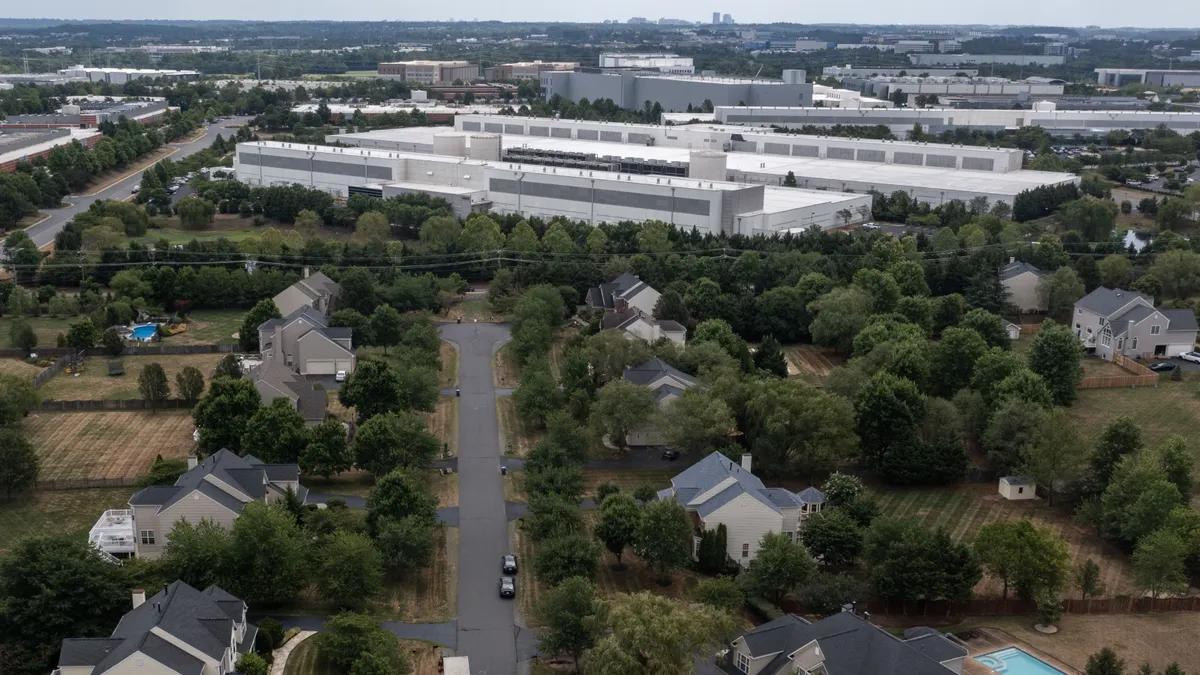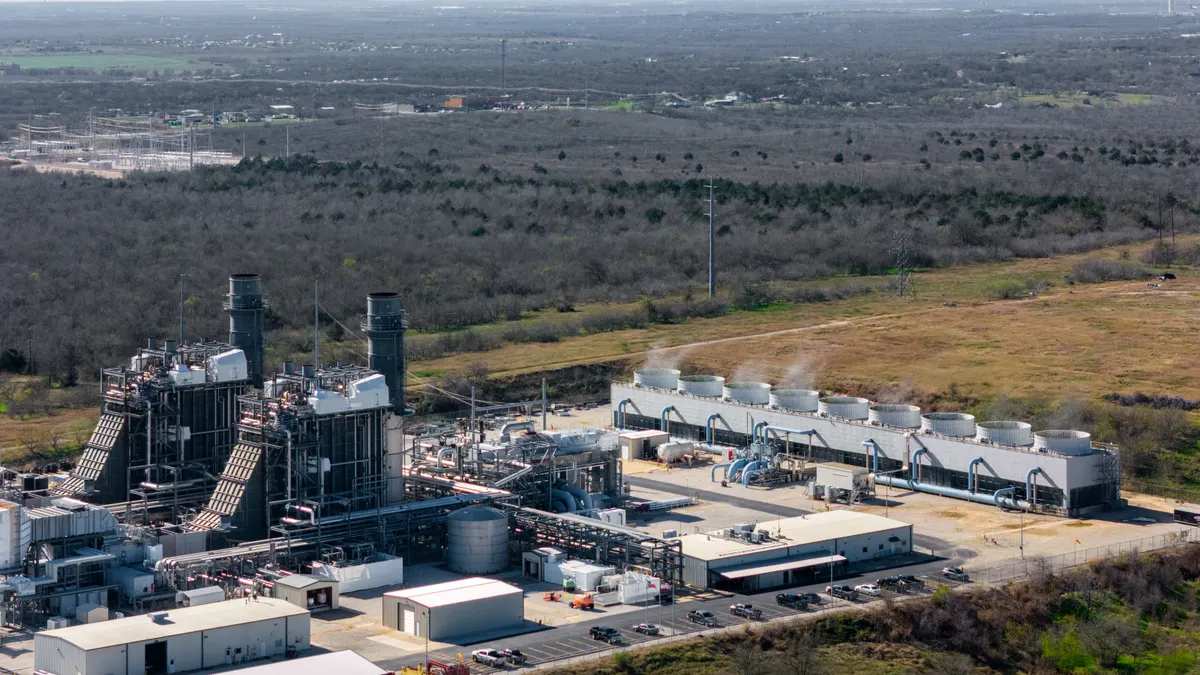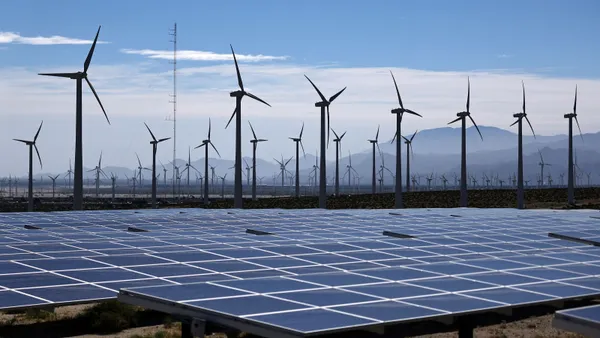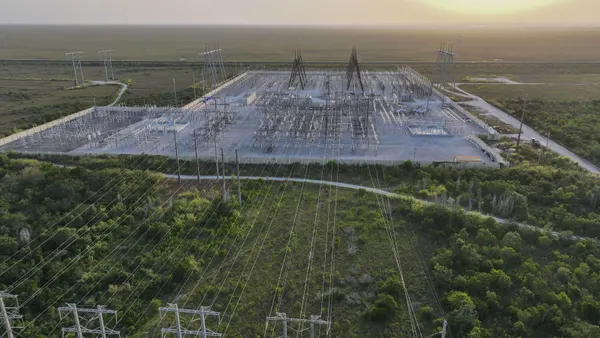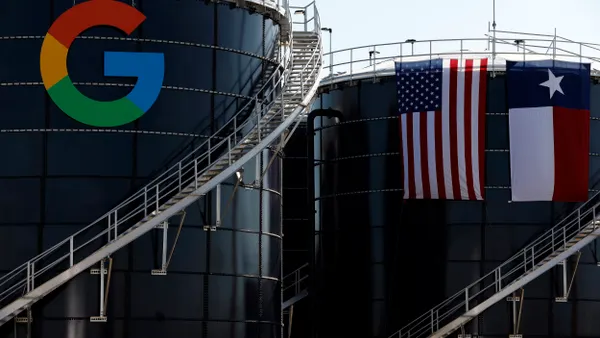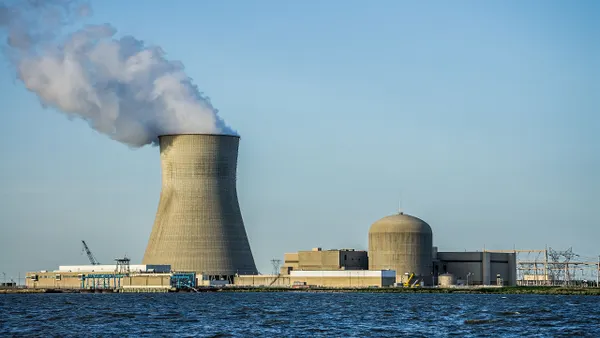Dave Schryver is president and CEO of the American Public Gas Association.
Turning on the stove to cook dinner is often second nature — less often do we think about the natural gas system that keeps our homes and businesses running. Yet, every day, public gas utilities across the country are investing in modern energy infrastructure to enhance safety, improve efficiency and keep energy costs low for consumers. A federal grant program that has recently helped accelerate these upgrades is in jeopardy of not being renewed.
Created by the Infrastructure Investment and Jobs Act, the Pipeline and Hazardous Materials Safety Administration’s (PHMSA) Natural Gas Distribution Infrastructure Safety and Modernization (NGDISM) grant program invests $200 million annually, totaling $1 billion over five years in funding for municipal and community-owned utilities seeking to repair or replace natural gas pipeline systems.
These grants are at risk of losing funding beyond 2026, despite their instrumental role in strengthening communities, creating well-paying jobs, lowering energy costs and reducing emissions.
Hundreds of communities across 29 states have already seen firsthand the value of PHMSA grants. Consider rural Montgomery, Louisiana, where a $1 million grant funding the replacement of five regulator stations created many local jobs. Likewise, in urban Knoxville, Tennessee, a $5 million investment to upgrade 16 miles of aging steel main added 106 jobs. From small towns to major cities, these projects are putting people to work, modernizing infrastructure and delivering long-term value — with nearly 2,900 jobs supported by projects initiated in 2024 alone.
The program has also earned the support of the United Association of Union Plumbers and Pipefitters, which recognizes PHMSA grants as a vital source of stable job opportunities for its members. With more than 7 million Americans currently unemployed, we can’t afford to lose these opportunities. But this is just the tip of the iceberg. Job estimates often overlook the downstream economic ripple effect extending to adjacent industries, which further amplify the program's impact.
Nationally speaking, every mile of natural gas pipeline that is installed requires about 58 jobs. Building a resilient, innovative natural gas system will only require more skilled workers as energy demand grows. Sustaining PHMSA grant funding emphasizes the importance of keeping the natural gas industry a major U.S. employer, achieving efficiency goals and ensuring communities of all sizes have access to innovative natural gas infrastructure.
PHMSA has awarded nearly $800 million across 227 projects to help modernize infrastructure — in turn, ensuring efficient, affordable direct use of natural gas for all consumers. These funds help replace aging infrastructure and fund investments in leak detection equipment for underserved communities where at least 25% of residents live in poverty. Continuing to fund this program will help to alleviate utility bill burdens on working families.
The natural gas industry has cut emissions by 70% since 1990, and PHMSA grants play a key role in ongoing efforts to support national, state and local emissions reduction goals. To date, grant recipients are on track to reduce nearly 1,000 metric tons of methane pollution. In Philadelphia, a PHMSA grant is helping replace 20 miles of cast iron pipeline, achieving the largest annual methane reduction of any grant recipient — equivalent to removing 549 cars from the road each year. That’s cleaner air for families and healthier communities for the next generation. Continued PHMSA funding is key to sustaining this progress and delivering lasting environmental and economic benefits.
Without continued funding, natural gas infrastructure modernization will be forced to slow down to avoid placing significant, undue cost burdens on energy customers. Now is the time for our senators and representatives to prioritize communities and support the continued funding of the NGDISM program — a common-sense solution that protects reliable, affordable energy while creating jobs and strengthening local economies.




